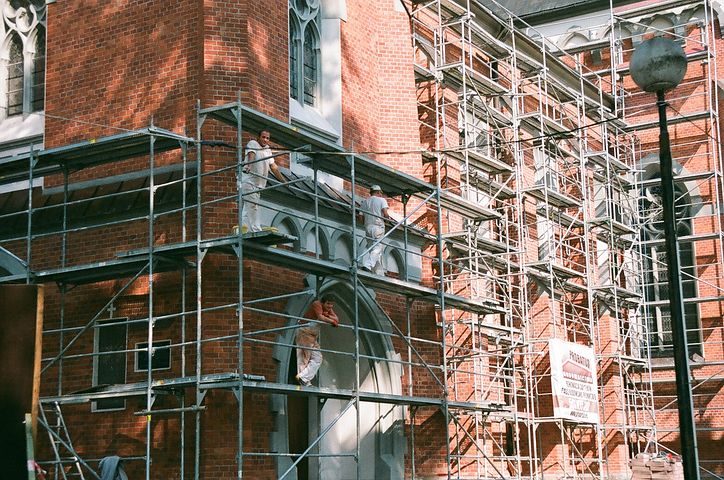Construction workers and teams take nothing at face value when it comes to their safety.
Every detail has to be up to standard because a case of oversight could prove irreparably damaging to their health and wellbeing.
This is where the selection of scaffolding designs comes into play for commercial entities and private contractors alike.
These items allow for freedom of movement and switching between locations, but they also present logistical challenges and headaches that have to be considered by team members as well.
So how are these designs selected and according to what criteria?
Cost & Budget
There is no escaping the fact that construction brands only have so much of their budget that they can dedicate to scaffolding designs. This is one of the key reasons why the item is outsourced and hired through an intermediary in some situations, allowing the operators to minimise their risk and avoid paying a long-term investment. Other practitioners will need to enjoy 24/7 access and will select a structure that can be sourced immediately. There are many considerations that come into play in this regard, but price and company budget are issues that are unavoidable.
Ease of Assembly and Dismantling

Construction workers face a number of daily pressures and expectations, but one of the domains that they have to master with scaffolding designs is the assembly and dismantling processes respectively. Depending on the nature of the project, this could be a regular exercise or a ‘one and down’ phase that runs for each client. The more components and manpower necessary to erect and dismantle the structure, the longer the time on site and the more hours that are billed to the client. Easy assembly and dismantling makes for an attractive proposition.
Movement Considerations
There will be certain scaffolding designs that are suitable to casters where the wheels can maneuver the structure from point A to point B without interference. Other designs will be built into the ground and building to offer sturdy protections and guarantees for users. Construction teams have to decide how flexible they want the item to be and how much they need to maneuver between these awkward points when on site.
Strength & Durability
There are two major elements that cannot be underestimated when construction entities are seeking scaffolding designs: strength of the structure and the durability of the material. The strength will often be optimised with a selection of steel or aluminium varieties that can withhold thousands of kilograms of weight at any given moment. Then there is the durability factor to consider, ensuring that the materials are not adversely affected by severe weather conditions, erosion or high winds. The outdoors can be unforgiving and there can be no construction schedule that prevents this weather from impacting upon the project. This is where those guarantees are crucial for a successful exercise.
Accessories & Added Components

From the inclusion of casters to the addition of more planks, guardrails, props or frames, construction teams can often decide on their scaffolding designs given the accessories and added components on offer. Local outlets will usually direct professional operators to invest in modular structures that provide them with this level of versatility, giving them the scope to expand or downgrade depending on their own demands.
Professional operators in the field of construction will consider top scaffolding designs as one of their chief investments. They make individual projects easier to manage and ensure the safety of the workers, clients and nearby constituents. Thankfully there is a diversity in the market which allows teams to secure the right product for the right job profile.


